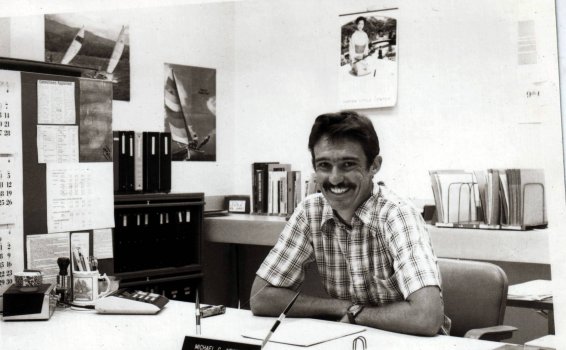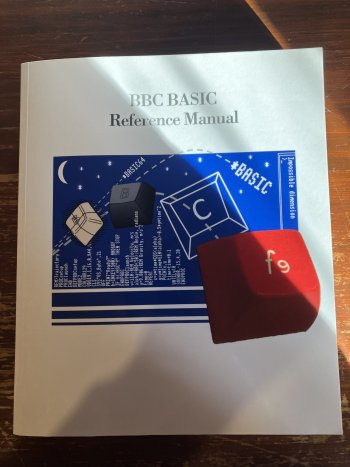R.I.P Thomas Kurtz
From the Your favorite programming language thread:
John Kemeny died in 1992 and Thomas Kurtz died last week (November 12, 2024). They were the co-inventors of BASIC (Beginners All-purpose Symbolic Instruction Code) at Dartmouth College in 1963, as well as creating the Dartmouth Time-Sharing System.
BASIC has had countless implementations, variations, and extensions over the years, including Microsoft's Visual Basic. The list of BASIC dialects has well over 350 entries! Over the years I've written software in a number of them.
Apple's products have supported Apple BASIC (aka Integer BASIC), Apple Business BASIC, Applesoft BASIC, Chipmunk Basic, GLBasic, MacBASIC, PureBasic, TML BASIC, ZBasic, and probably others.
Have you used BASIC?
From the Your favorite programming language thread:
My first programming was Kurtz and Kemeny BASIC, the original BASIC. If you compare it to, say, Visual BASIC, the difference is major. But you'll still know that VB is a dialect of BASIC.
John Kemeny died in 1992 and Thomas Kurtz died last week (November 12, 2024). They were the co-inventors of BASIC (Beginners All-purpose Symbolic Instruction Code) at Dartmouth College in 1963, as well as creating the Dartmouth Time-Sharing System.
BASIC has had countless implementations, variations, and extensions over the years, including Microsoft's Visual Basic. The list of BASIC dialects has well over 350 entries! Over the years I've written software in a number of them.
Apple's products have supported Apple BASIC (aka Integer BASIC), Apple Business BASIC, Applesoft BASIC, Chipmunk Basic, GLBasic, MacBASIC, PureBasic, TML BASIC, ZBasic, and probably others.
Have you used BASIC?





